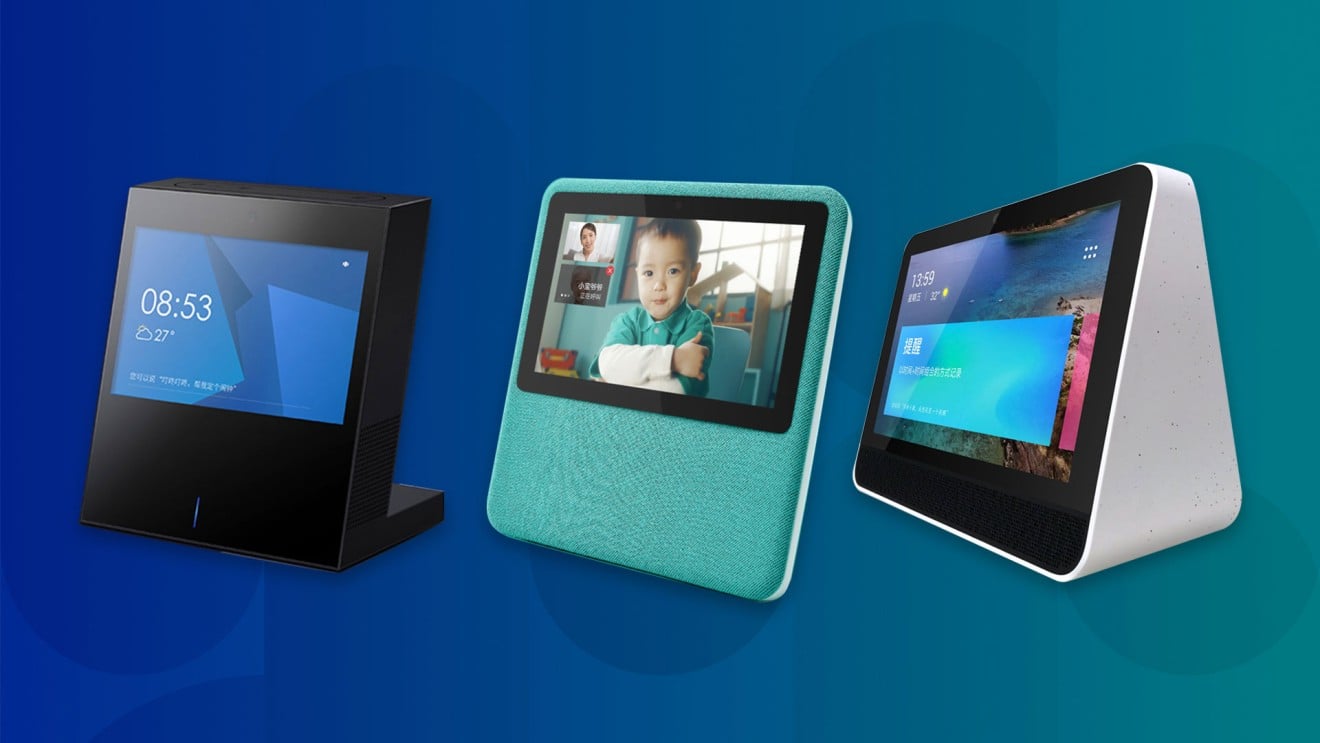
There are plenty of smart displays like Facebook Portal in China, but do consumers care?
Baidu and JD both have smart displays, but smart speakers have been slow to catch on
Smart speakers like Amazon Echo and Google Home are so last year. This year is all about smart displays: Smart speakers, except they’ve got a screen and camera for video calls.
This week will see three new ones in the US: Facebook just unveiled the Portal, Amazon opened pre-orders for the second generation Echo Show, and Google is (at this writing) hours away from unveiling the Google Home Hub.
But Chinese companies have been building smart displays for a while, with Baidu and JD.com leading the way -- despite the fact that Chinese consumers have shown little appetite for smart speakers yet, according to the China Internet Report 2018.
Baidu, China’s biggest search engine, was the first to launch a smart display in the country. Named “Xiaodu Zaijia”, which loosely means “Little Baidu at home”, it was based on the company’s AI assistant DuerOS. It has a 7-inch display, and is priced at only 699 yuan (US$102), and let users made video calls and access Baidu’s video platform iQiyi.

Oh, and it claims to allow users to try on virtual makeup.
Makeup app showdown: Meitu versus YouCam
But it’s not just the big guns. Hardware startup Shuzijiayuan’s latest product is a smart display called Kinstalk M10, which drew some attention earlier this year because it’s powered by Tencent’s voice assistant Xiaowei -- which let users contact their WeChat and QQ friends on the speaker, and gives them access to Tencent’s music and video streaming service. It has a 10-inch display and costs a pricey 2,399 yuan (US$353), more expensive than the Amazon Echo Show.
IDC analyst Sophie Pan told us that smart displays can make voice assistants easier to use, but adding a display means that the products tend to have higher price tags, which may stop them from attracting buyers.
There’s no available shipment data for the smart display sector, so it’s hard to say how they’re doing. But with smart speakers, Chinese consumers seem to prefer cheaper ones.
(Abacus is a unit of the South China Morning Post, which is owned by Alibaba.)
"Alexa, read me a Communist lecture": A smart speaker for party members
For more insights into China tech, sign up for our tech newsletters, subscribe to our Inside China Tech podcast, and download the comprehensive 2019 China Internet Report. Also roam China Tech City, an award-winning interactive digital map at our sister site Abacus.
For more insights into China tech, sign up for our tech newsletters, subscribe to our Inside China Tech podcast, and download the comprehensive 2019 China Internet Report. Also roam China Tech City, an award-winning interactive digital map at our sister site Abacus.

